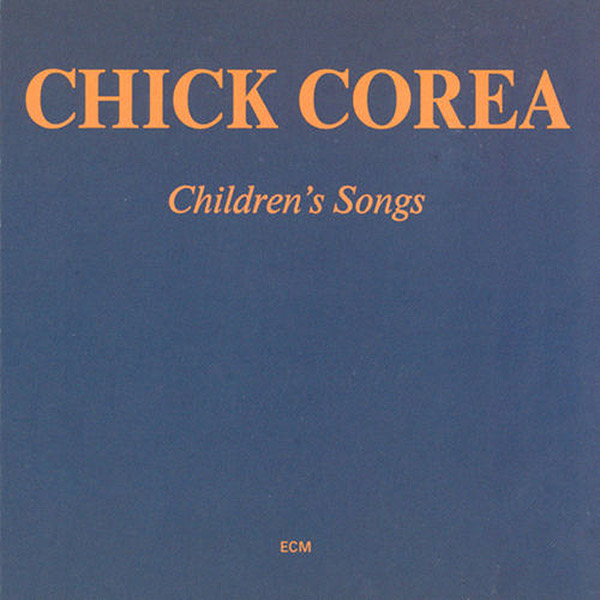
Children's Songs
Chick Corea, Solo Piano
Corea, who cites Béla Bartók as a major influence, had, throughout his career, written brief miniatures he called “Children’s Songs.” In some ways, Corea’s lyrical but nevertheless rich in structure “Children’s Songs” were his versions of Bartók’s Mikrokosmos series.
A slower version of “No. 1” first appeared on Corea’s classic 1972 debut with Burton, Crystal Silence, while a group version of the same song appeared on the Latin-era Return to Forever’s 1973 Polydor release, Light as a Feather, and two more appeared in group readings on Friends (“No. 5” and “No. 15”). The real revelations of Children’s Songs begin, however, with the gentle “No. 3,” which, in fact, was “Space Circus Part I” on Corea’s first high volume fusion disc, Hymn of the Seventh Galaxy, though that version combined electric and acoustic pianos together. Even more startling is the discovery that the propulsive “No. 6” was, in fact, a core segment of Where Have I Known You Before‘s epic closer, “Song of the Pharoah Kings.” Even the impish “No. 9” made its first appearance on The Leprechaun as “Pixieland Rag,” the stage-setter for another closing epic, “Leprechaun’s Dream,” which represented a new high water mark for Corea’s large ensemble writing at the time. Anyone who’s seen Corea in performance and heard him speak knows that he’s mischievous by nature; further evidence that the music we make is, by its very nature, a reflection of who we are.
The joyfully elegant “Addendum,” which closes out Children’s Songs, might seem like an afterthought to this otherwise solo set, but Corea’s trio for piano, violin and cello — through-composed as the rest of the disc — sets the stage for Septet, and demonstrates the pianist’s contrapuntal excellence and ability to score for strings, a skill which emerged on The Leprechaun and was honed further on The Mad Hatter. — AllAboutJazz
Disc 1
- No. 1
- No. 2
- No. 3
- No. 4
- No. 5
- No. 6
- No. 7
- No. 8
- No. 9
- No. 10
- No. 11
- No. 12
- No. 13
- No. 14
- No. 15
- No. 16 & 17
- No. 18
- No. 19
- No. 20
- Addendum
